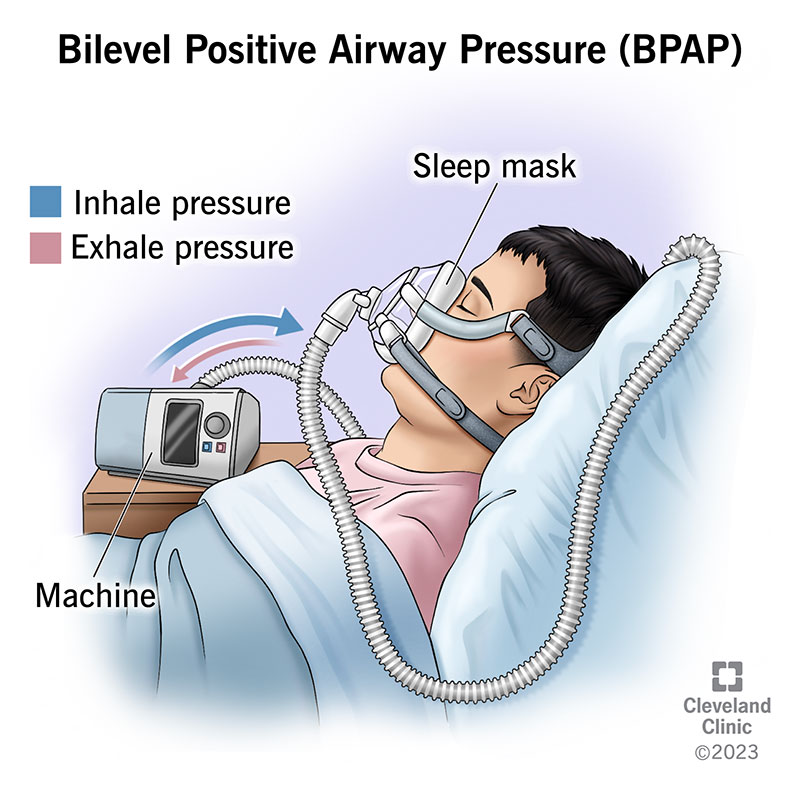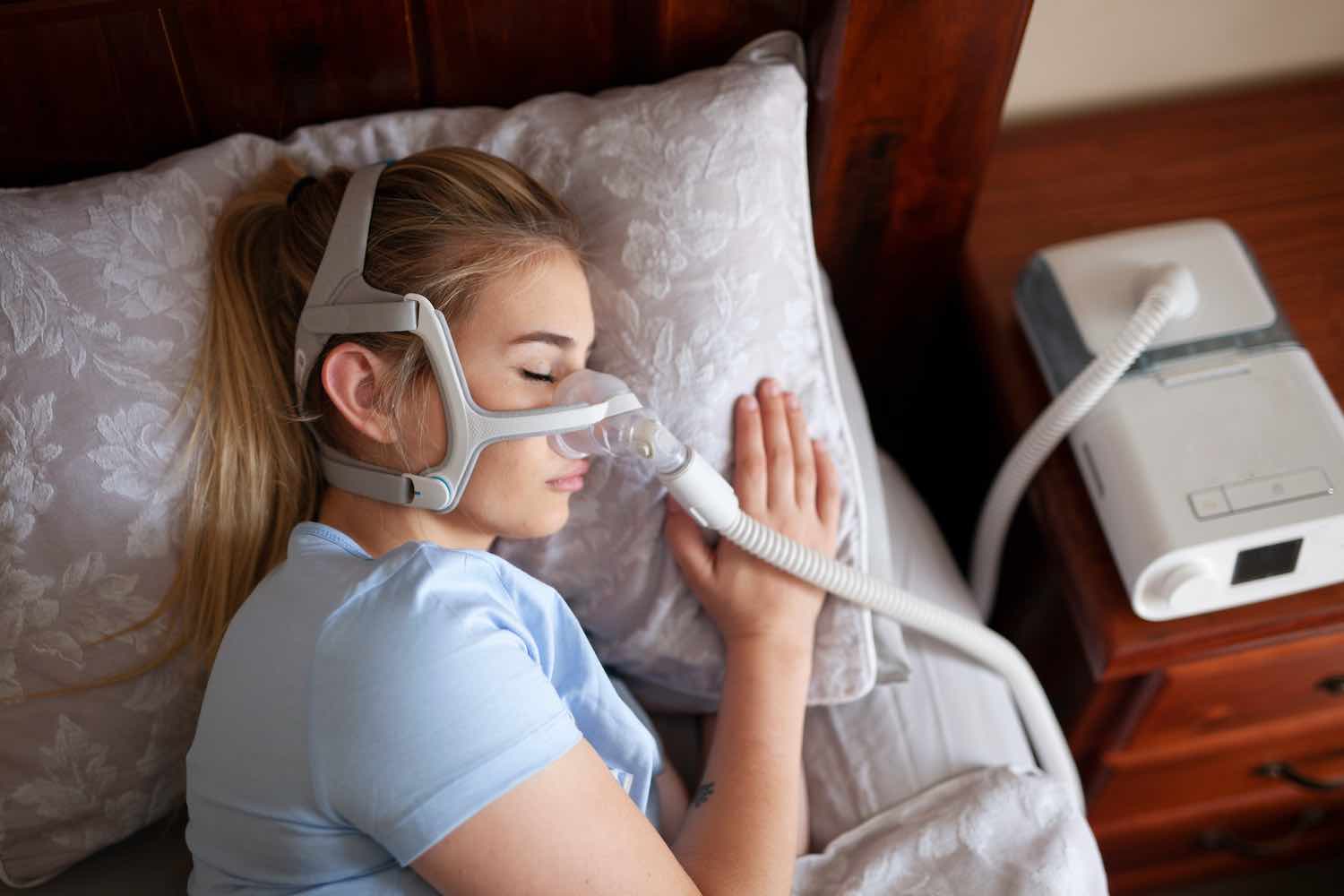Personalized Plans Readily Available for BiPAP Rental Solutions
Personalized Plans Readily Available for BiPAP Rental Solutions
Blog Article
Bipap vs. CPAP: Which Is the very best for Your Sleep Problem?
When navigating the intricacies of rest conditions, the option between BiPAP and CPAP treatment is a crucial factor to consider. While CPAP provides a steady air movement suitable for obstructive sleep apnea, BiPAP's dual stress settings may boost convenience for those with more complex respiratory problems.
Comprehending Sleep Disorders
Rest disorders include a series of problems that interrupt regular sleep patterns, influencing both the quality and duration of remainder. These conditions can show up in various forms, consisting of sleep problems, sleep apnea, narcolepsy, uneasy leg syndrome, and parasomnias. Each condition provides unique difficulties, frequently resulting in considerable daytime fatigue, cognitive disability, and psychological disruptions.
Insomnia is defined by difficulty dropping or staying asleep, while sleep apnea involves duplicated interruptions in breathing throughout sleep, usually bring about fragmented rest. Narcolepsy, on the various other hand, is noted by too much daytime sleepiness and unexpected rest strikes. Troubled leg syndrome triggers uneasy experiences in the legs, motivating an unmanageable urge to move them, which can also prevent the capacity to fall asleep.
The effect of sleep disorders expands past specific wellness, affecting overall performance, partnerships, and lifestyle. Understanding the details nature of each problem is crucial for effective medical diagnosis and treatment. As sleep wellness becomes significantly recognized as a crucial element of total wellness, addressing these conditions is necessary for enhancing both sleep quality and daily functioning.
How CPAP Functions
Continuous Favorable Respiratory Tract Stress (CPAP) treatment is frequently utilized as a primary treatment for obstructive rest apnea (OSA) The mechanism of CPAP involves using an equipment that delivers a steady stream of air with a mask worn throughout sleep. This airflow maintains positive pressure in the air passage, protecting against the collapse or blockage of the throat that can occur during sleep.
When a person takes in, the CPAP maker offers a constant flow of air, guaranteeing that the respiratory tract continues to be open - BiPAP Rental. This not just alleviates the signs and symptoms of OSA, such as snoring and disrupted rest patterns, however likewise minimizes the involved health threats, consisting of cardiovascular difficulties and daytime exhaustion
The stress settings on a CPAP machine can be personalized to satisfy private client requirements, often determined with a sleep research. Overall, CPAP therapy has been revealed to significantly boost the top quality of sleep and general health for people suffering from obstructive sleep apnea.
Just How BiPAP Functions
BiPAP, or Bilevel Favorable Air Passage Stress, is a specialized kind of non-invasive air flow that is specifically useful for clients with conditions such as intricate rest apnea or respiratory system disorders. Unlike CPAP, which supplies a continual stream of air at a single stress, BiPAP supplies two distinct stress settings: a higher inspiratory pressure for breathing and a lower expiratory pressure for exhalation. This dual-pressure approach permits simpler breathing, reducing the effort called for throughout exhalation.
The device runs via a mask fitted over the nose or mouth, attached to a machine that creates atmospheric pressure. When the person breathes in, the device provides the higher stress to aid with airflow, making sure that the airway continues to be open. Upon exhalation, the device immediately minimizes the stress, making it extra comfy for the person to take a breath out.

Trick Differences In Between BiPAP and CPAP

On the other hand, other BiPAP (Bilevel Favorable Respiratory tract Stress) offers 2 various pressure settings: one for inhalation and a lower one for exhalation. This dual stress system enables even more comfy breathing, specifically for individuals who battle with exhaling against a continuous pressure. BiPAP is frequently suggested for patients with complicated sleep apnea, chronic obstructive pulmonary condition (COPD), or those who call for added support during sleep.
Additionally, the complexity of BiPAP tools usually results in a higher price and needs a lot more careful titration than CPAP. BiPAP Rental. Recognizing these essential distinctions can assist in recognizing which device may be better for details sleep disorders, setting the groundwork for enlightened treatment decisions
Choosing the Right Therapy
How can one identify the most ideal therapy for taking care of sleep disorders? The choice between BiPAP and CPAP treatment mostly depends upon the details characteristics of the rest disorder, the patient's general health and wellness, and their comfort with the tool. CPAP, which provides a continual stream of air, is typically prescribed for obstructive rest apnea (OSA) It keeps an open air passage during sleep, efficiently avoiding apneas and hypopneas.
Conversely, BiPAP offers 2 degrees of pressure: one for inhalation and a lower one for exhalation. This double stress system is advantageous for clients with complex sleep apnea or those that investigate this site experience problem breathing out against a continual pressure. In addition, BiPAP is typically recommended for people with respiratory conditions, such as persistent obstructive lung disease (COPD), where differing pressure setups can boost comfort and compliance.
Eventually, a comprehensive evaluation by a sleep professional, consisting of a sleep research study, can assist identify which treatment lines up ideal with the client's demands. Variables such as convenience, simplicity of use, and specific medical conditions ought to likewise be thought about to maximize treatment results.
Conclusion
In recap, both BiPAP and CPAP serve distinctive purposes in the monitoring of rest disorders. CPAP is effective for obstructive sleep apnea with regular air movement, while BiPAP uses double pressure settings that enhance go to the website convenience for those with complex rest apnea or respiratory system issues. The selection in between these therapies ought to be assisted by individual needs and conditions, demanding an extensive assessment by a sleep professional to make certain ideal therapy end results and boosted top quality of sleep.

On the whole, CPAP therapy has actually been revealed to significantly enhance the high quality of sleep and overall wellness for individuals experiencing from obstructive rest apnea.
BiPAP is usually advised for patients with complex rest apnea, persistent obstructive pulmonary disease (COPD), or those who need additional assistance during rest.
CPAP is reliable for obstructive sleep apnea through constant air movement, while BiPAP provides dual stress setups that improve convenience for those with intricate sleep apnea or respiratory system issues.
Report this page